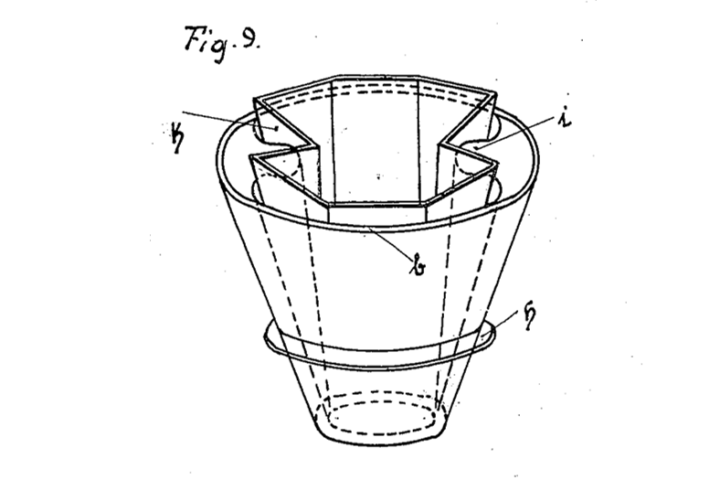
Pranoti Nagarkar-Israni, a mechanical engineer, is named as an inventor on at least 8 patent applications, all relating to food preparation and typically using artificial intelligence to learn and improve their function use by use. For example, patent US9848608 discloses a method for adaptive kneading technology where a blade can determine a strain value which is used to measure the hardness of a dough ball. Flour or water can then be added automatically to correct the consistency.



